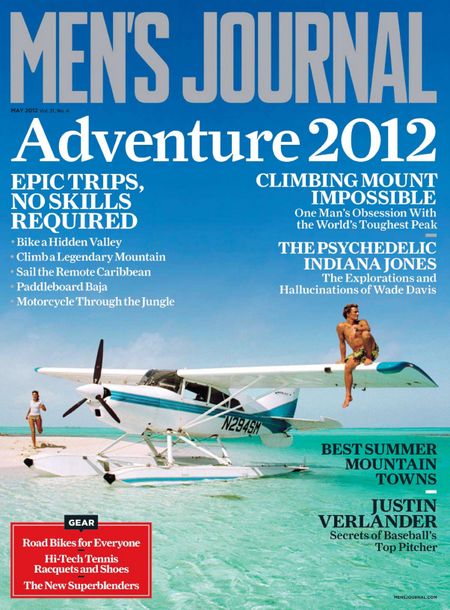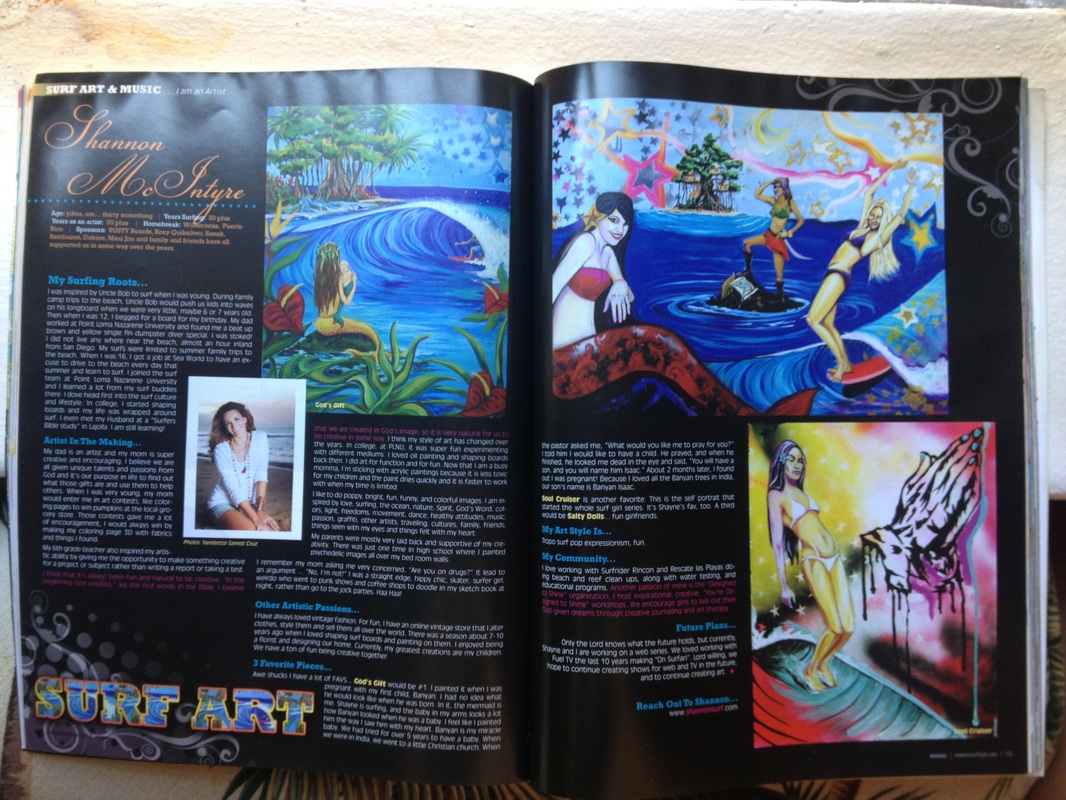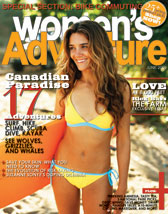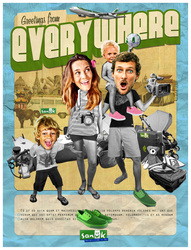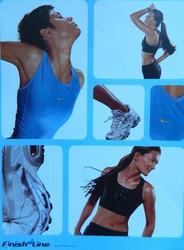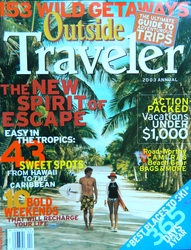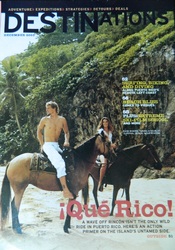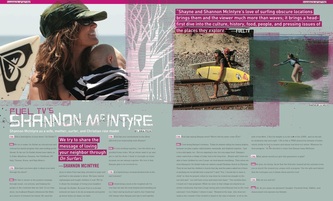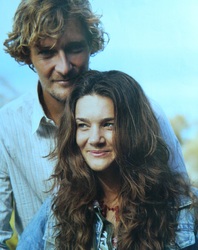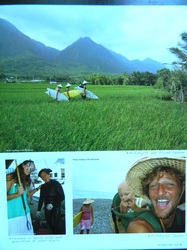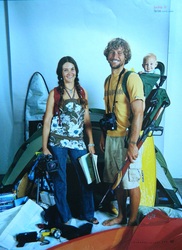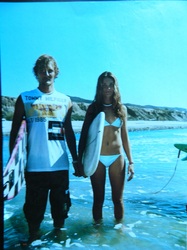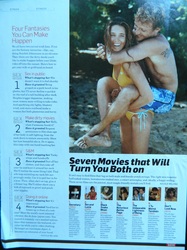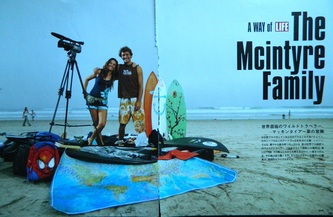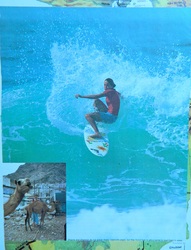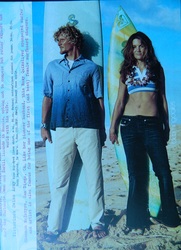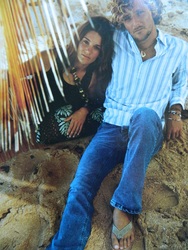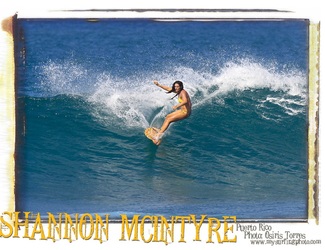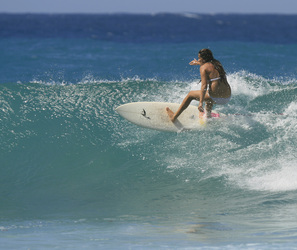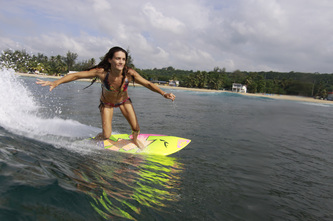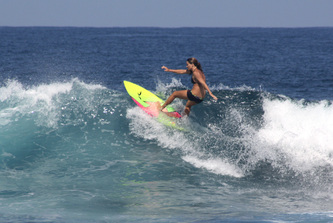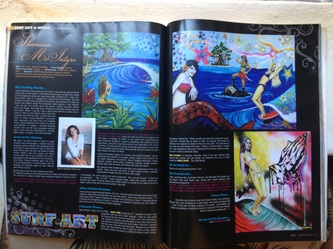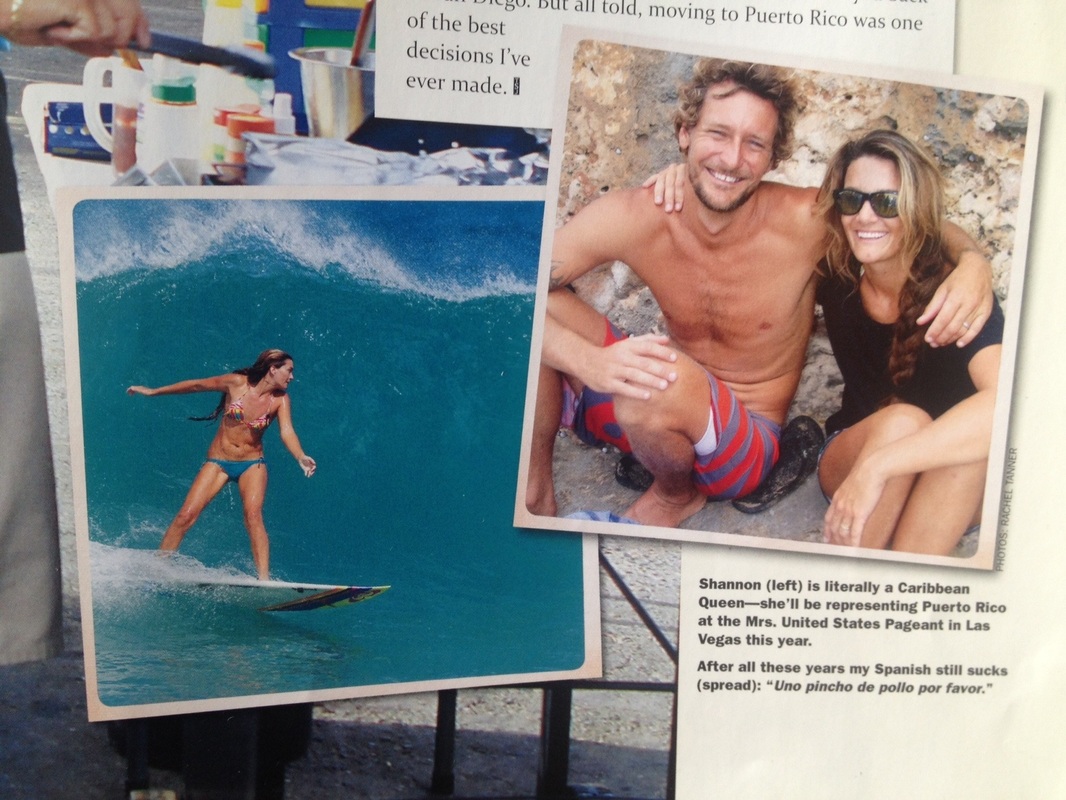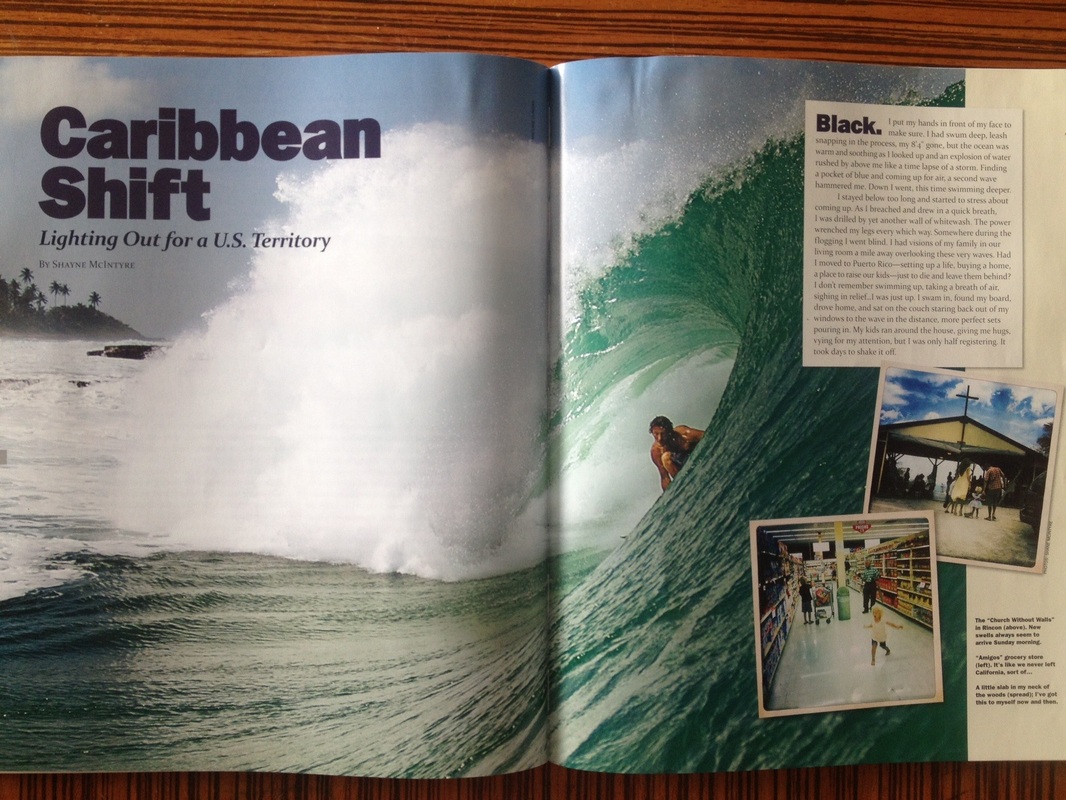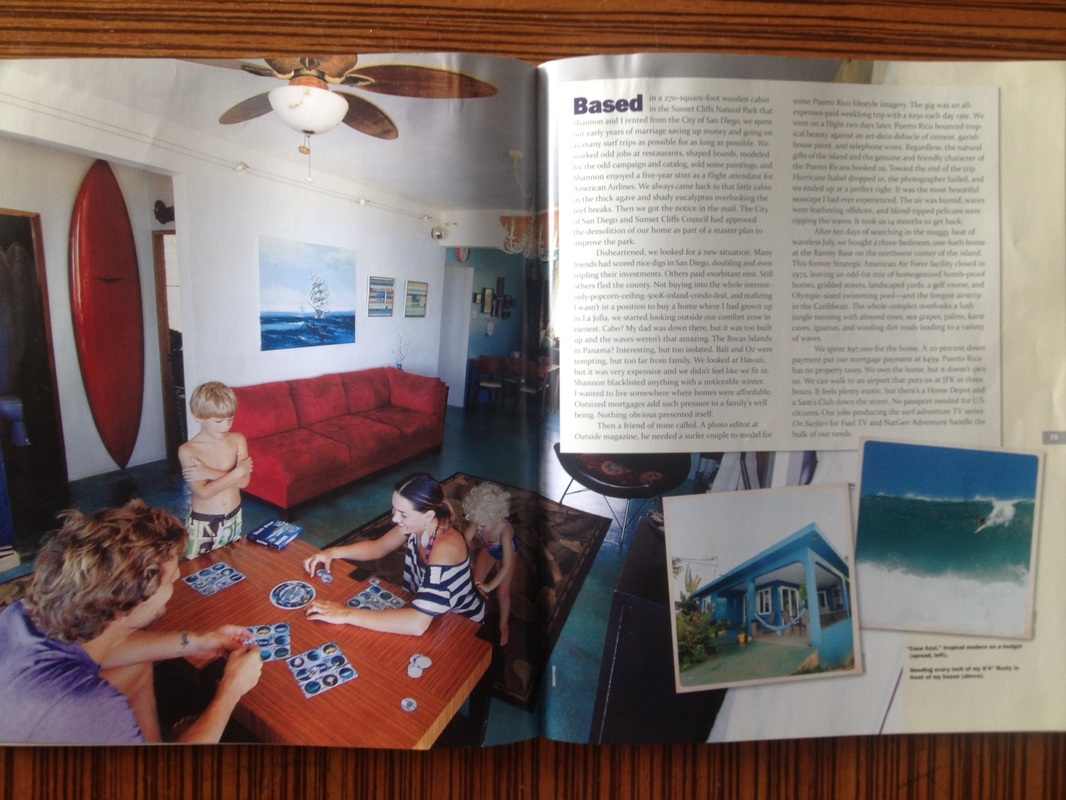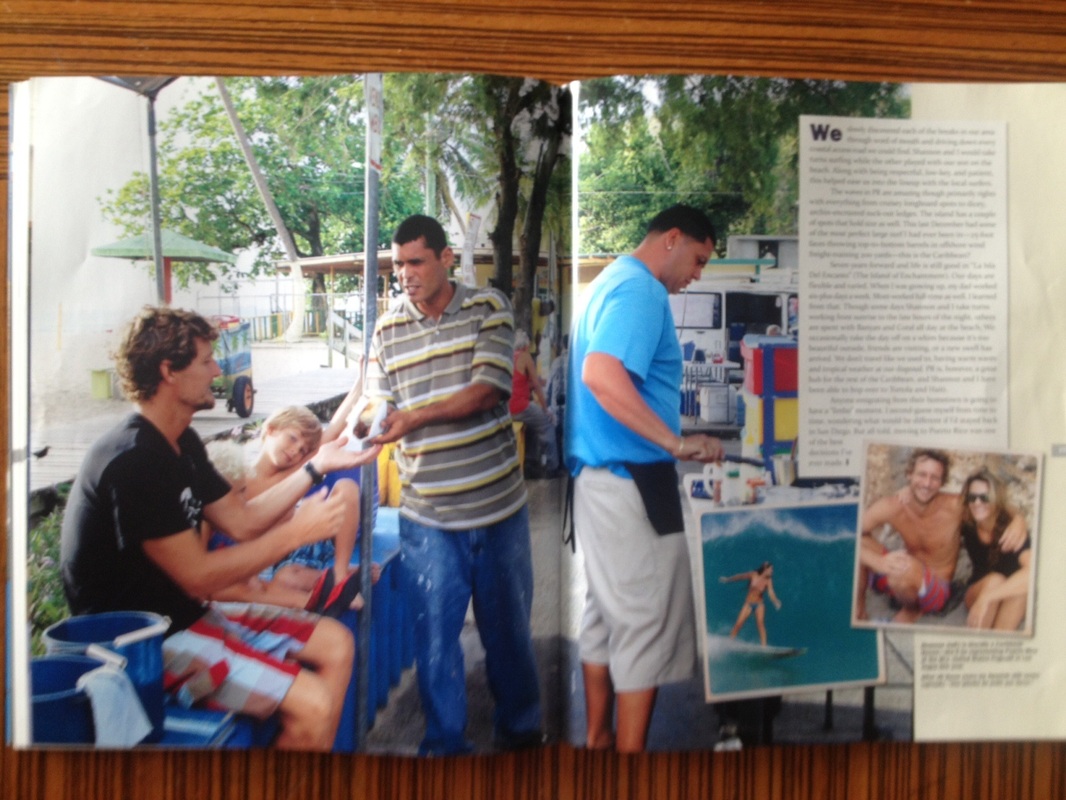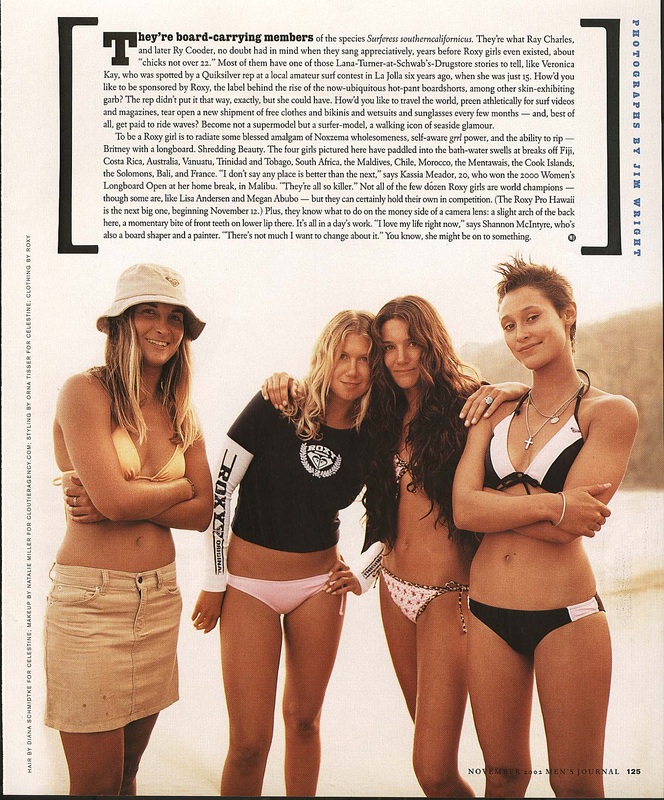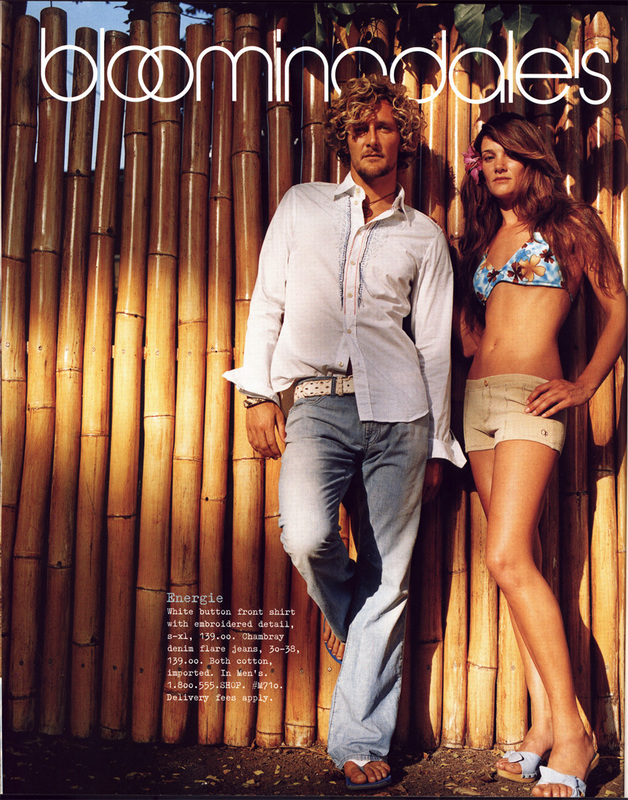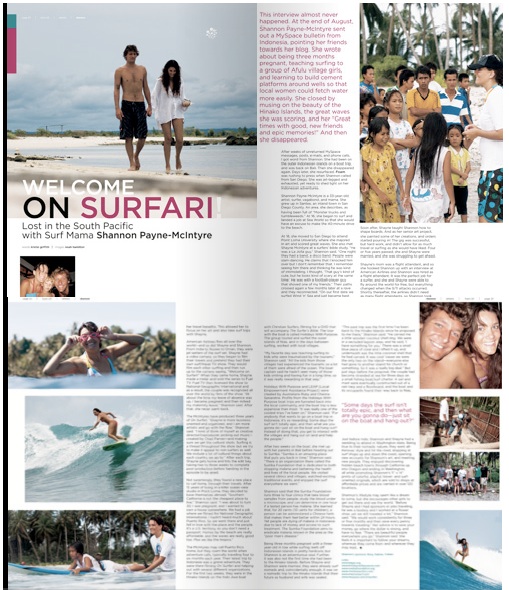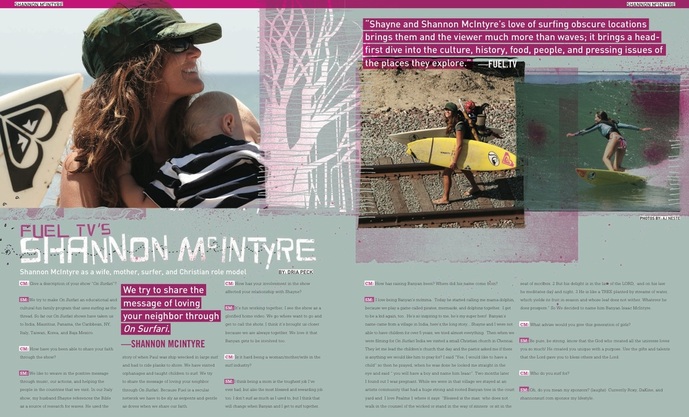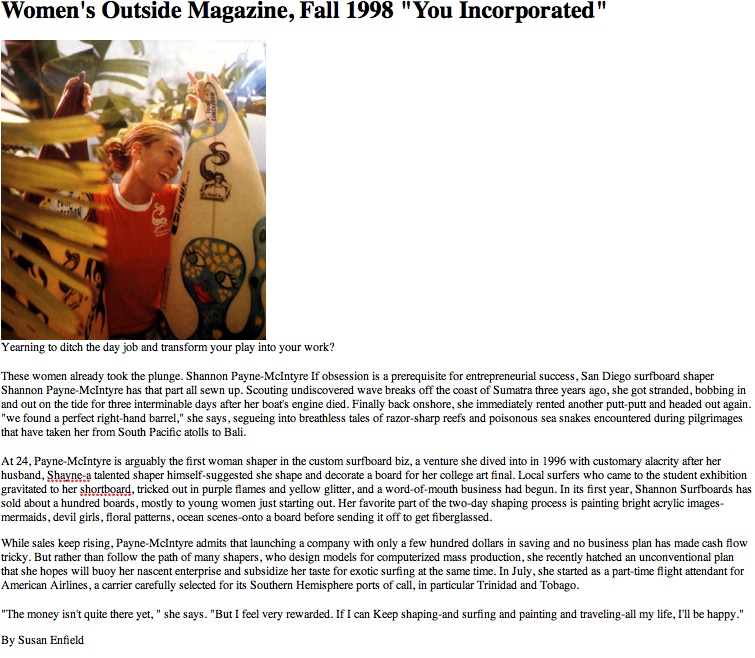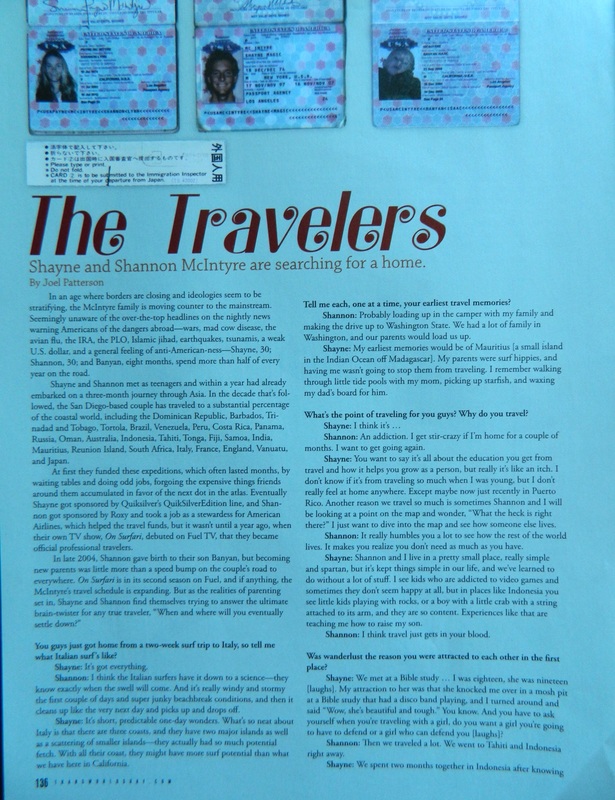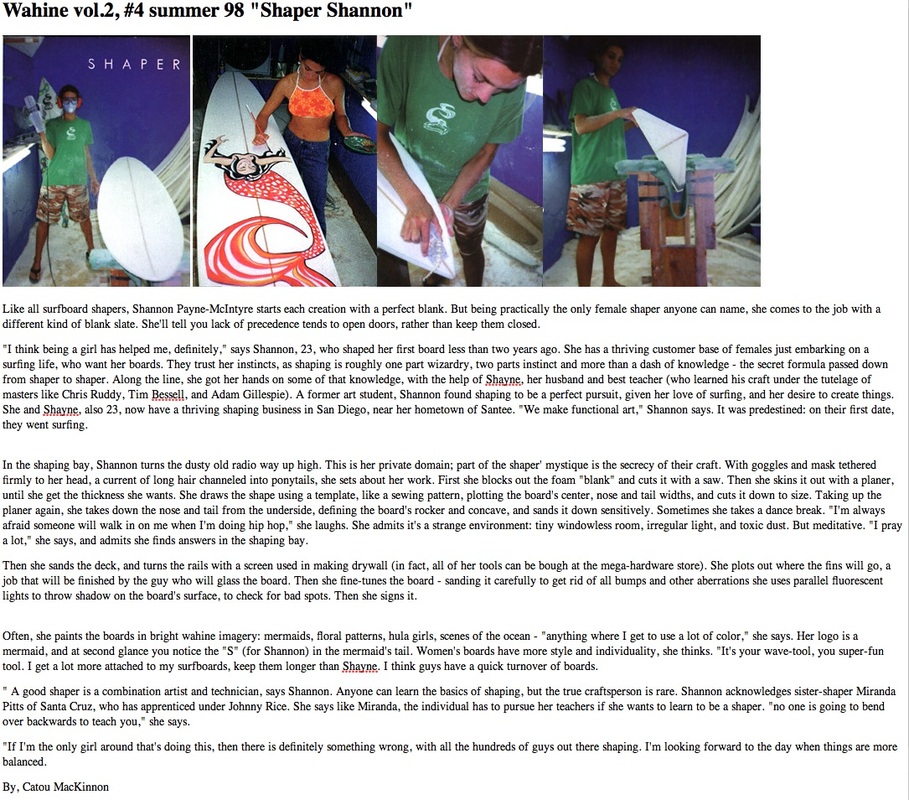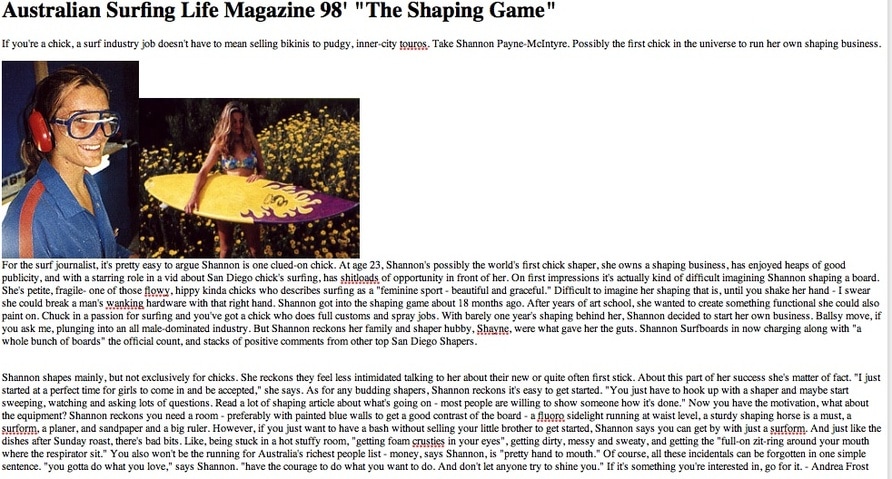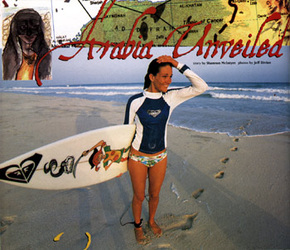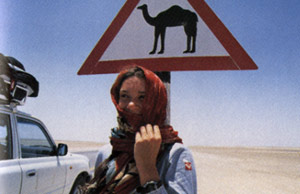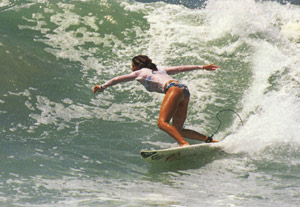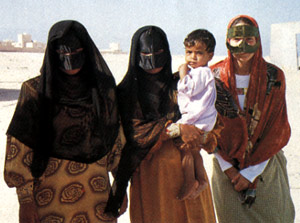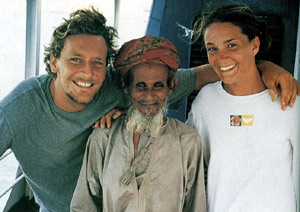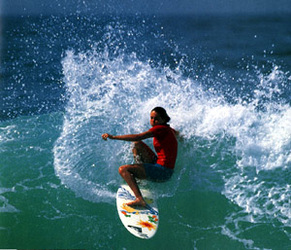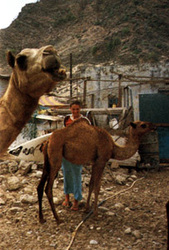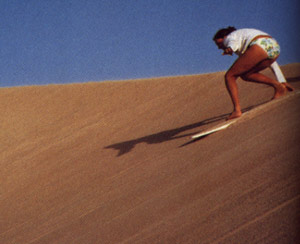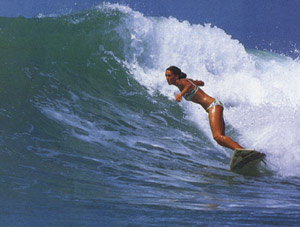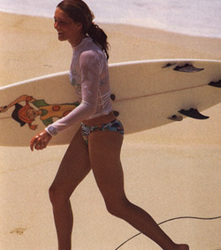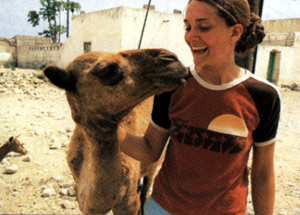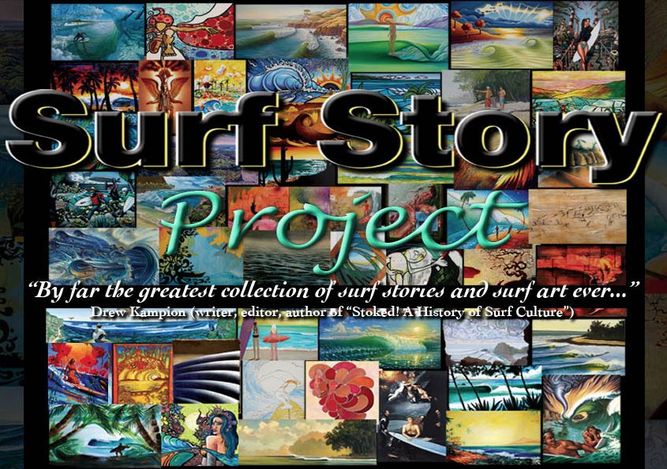
Super happy to be apart of this insane amazing coffee table book of Surf Art called "SURF STORY" by Rob Havassy
_Foam Magazine, WELCOME ONSURFARI winter 2007
This interview almost never happened. At the end of August, Shannon Payne-McIntyre sent out a Myspace bulletin from Indonesia pointing her friends towards her blog. She wrote about being three months pregnant, teaching surfing to a group of Afulu village girls and learning to work with cement to build platforms around wells so local women could fetch water more easily. She closed musing on the beauty of the Hinako Islands, the great waves she was scoring and her “great times with good new friends and epic memories!” And then she disappeared.After weeks of unreturned Myspace messages, posts, e-mails and phone calls-I got word from Shannon. She had been on outer Indonesian islands and on a boat trip and was back on Bali. Then she disappeared again. Days later, she resurfaced. Foam was rushing to press when Shannon called from San Diego. She was jet-lagged and exhausted yet ready to shed light on her Indonesian adventures.Shannon Payne-McIntyre is a 33-year-old artist, surfer, vagabond and mama. She grew up in Santee, an inland town in San Diego County. An area, she describes, as having been full of “monster trucks and tumbleweeds.” At 16, she began to surf and landed a job at Sea World so she would have an excuse to make the 40-minute drive to the beach.At 18, she moved to San Diego to attend Point Loma University where she majored in art and scored great waves. She also met Shayne McIntyre at a surfer’s bible study. “He was a La Jolla guy,” Shannon said. “One night they had a band, a disco band. People were slam dancing. He claims that I knocked him over but I don’t remember that. I remember seeing him there and thinking he was kind of intimidating. I thought that guy’s kind of cute but he looks kind of scary at the same time. He was with a football player guy that shoved one of my friends.” Their paths crossed again a few months later at a rave and they re-connected. “On our first date we surfed Wind n’ Sea and just became best friends after that,” Shannon said. Shayne taught Shannon how to shape boards and as her senior art project she painted some of her creations and orders started pouring in. The gig was successful but hard work and didn’t allow for as much travel or surfing as she would have liked. Four or five years passed, she and Shayne were married and she was struggling to get ahead. Shayne’s mom was a flight attendant and she hooked Shannon up with an interview at American Airlines and Shannon was hired as a flight attendant. It was the perfect job for a surfer and her and Shayne were able to fly around the world for free but everything changed when 9/11 happened. The airlines didn’t need as many flight attendants so Shannon took a two-year leave of absence but retained her travel benefits. She was able to focus on her art and take surf trips with Shayne. American Airlines flies all over the world and so did Shayne and Shannon. From India to Russia to Oman, they were jet setters of the surf set. Shayne had a video camera and they began to film their travels and pretend they had their own surf/travel TV show. They would film each other surfing and then run up to the camera saying “Welcome on Surfari!” They came home and Shayne made a trailer and sold the series to Fuel TV. Fuel licenses the show to National Geographic International and as a result, the couple is recognized all over the world by fans of the show. “At about the time my leave of absence was up I became pregnant and then milked my maternity leave,” Shannon said. After that, she never went back. The McIntyre’s have produced three years of On Surfari. “Shayne is more business and organized and I am more artistic and go with the flow,” Shannon said. “I kind of think of myself as creative director/co-producer, picking out music (created by Chad Farran) and making sure we get the cultural shots. Surfing is a thread throughout the show but we try to make it appeal to non-surfers as well. We include a lot of cultural things about each country we go to.” After each trip, Shayne gets home and hits the edit bay, taking two to three weeks in post-production before turning the episode in to air. Not surprisingly, through their travels they found a new place to call home. After 15 years of living in a killer ocean-view studio in Point Loma, they decided to base themselves abroad. “Southern California is not the cheapest place to live,” Shannon said. “I was about to turn 30, I was pregnant, and I wanted to own a house somewhere. We had a job where we shot for National Geographic International. I hadn’t heard much about Puerto Rico. We went there and just fell in love with the place and the people. It’s a U.S. territory so you don’t have to have a passport. Homes are really affordable, by the beach and waves are really good. We like the tropics.” The McIntyre’s may call Puerto Rico home, but they roam the world when adventure calls, typically traveling four to six months each year. Their latest trip to Indonesia was a grand adventure. They were there filming On Surfari and helping out with several different organizations. For the first two weeks, they were in the Hinako Islands on the Indo Jiwa boat with Christian Surfers filming for a DVD that will accompany The Surfer’s Bible. The tour with the boat is called Holidays With Purpose. The group toured and surfed the outer islands of Nias and in the days between surfing, worked with local villages. “My favorite day was teaching surfing to kids that were traumatized by the Tsunami,” Shannon said. “All the kids from those villages had experienced the Tsunami so a lot of the kids were afraid of the ocean. The boat captain said he hadn’t seen a lot of those kids smile in a long time so we went and did the whole surfing thing. He said it was the first time he saw those kids smiling and having fun in a long time so it was really rewarding in that way.” Holidays With Purpose and LEAP (local empowerment assistance project) were created by Australians Ruby and Channa Senaratne. Profits from the Holidays With Purpose boat trips are funneled back into the local community and the boat trip is less expensive than most. “It was really one of the coolest trips I’ve been on,” Shannon said. “For anybody that wants to go on a boat trip in Indonesia, It’s so much more rewarding. Some days the surf isn’t totally epic and then what are you gonna do? Just sit on the boat and hang out? Instead of doing that you get to interact with the villages and hang out on land and help the people.” After two weeks on the boat she met up with her parents in Bali before heading out to Sumba.“Sumba is an amazing place that puts you back in time,” Shannon said. “There is an organization there called the Sumba Foundation that is dedicated to stopping malaria and bettering the health and lives of the local people. We visited several clinics and villages and watched exciting traditional events and we enjoyed the surf everywhere we went.” Shannon said that the Sumba Foundation runs three to four clinics that take blood samples from people, study the blood under a microscope and find out in one hour if the person has Malaria. She learned that for 20 cents (10 cents for children), a person can be administered a Chinese herb that makes them feel better within 24 hours. Yet people are dying of Malaria in Indonesia due to lack of money and access to such treatment. The Sumba foundation aims to eradicate Malaria, known as the “poor man’s disease, in the area. Being three months pregnant with a three-year-old in tow and surfing reefs off of Indonesian islands is pretty hardcore but Shannon is an adventurous soul. Further, it was also not the first time she had been in the Hinako Islands. Before Shayne and Shannon were married, they were already surf nomads and it was on a trip to the Hinako Islands that their future as husband and wife was sealed. “This past trip was the first time I’ve been back to the Hinako Islands since he proposed to me there,” Shannon said. “He carved me a little wooden coconut shell ring. We were in a little lagoon area. He said ‘I have something for you.’ There was a little blue piece of coral and I lifted it up and there was the little coconut shell that he had carved. It was cool ‘cause we were the only two on the island because everybody from the island went to another island for church or something. So it was a really big deal.” It was quite a trip. Days before the proposal, the couple was lost at sea for three days on a small fishing boat/surf charter. A sail and mast was constructed out of a rain tarp and a floorboard and the boat eventually found its way back to Nias. Shannon and Shayne are open to whatever opens up to them. They take each adventure as it reveals itself. Just before Indo, they had a wedding to attend in Washington. They went all Kerouac-style and hit the road, stopping at surf shops up and down the coast, opening new accounts for Shannon’s art and meeting new people. They enjoyed discovering hidden beach towns through California up into Oregon and ending in Washington. She sells 11X14 prints of her colorful, playful, travel and surf-oriented original art pieces to shops at affordable prices and is carried in over 120 locations. Shannon’s lifestyle may seem like a dream to some but she encourages other girls to get out there and see the world. “Before Shayne and I had sponsors or jobs traveling he was a bus boy and I worked at a flower shop and we would still do a lot of traveling,” Shannon said. “We would work consistently for three or four months and then save every penny towards traveling.” Her advice is to save your money, go where the dollar is strong and have no fear. “There are beautiful people everywhere you go,” Shannon said. She feels it is important to follow your dreams, wherever they come from and wherever they may lead….
This interview almost never happened. At the end of August, Shannon Payne-McIntyre sent out a Myspace bulletin from Indonesia pointing her friends towards her blog. She wrote about being three months pregnant, teaching surfing to a group of Afulu village girls and learning to work with cement to build platforms around wells so local women could fetch water more easily. She closed musing on the beauty of the Hinako Islands, the great waves she was scoring and her “great times with good new friends and epic memories!” And then she disappeared.After weeks of unreturned Myspace messages, posts, e-mails and phone calls-I got word from Shannon. She had been on outer Indonesian islands and on a boat trip and was back on Bali. Then she disappeared again. Days later, she resurfaced. Foam was rushing to press when Shannon called from San Diego. She was jet-lagged and exhausted yet ready to shed light on her Indonesian adventures.Shannon Payne-McIntyre is a 33-year-old artist, surfer, vagabond and mama. She grew up in Santee, an inland town in San Diego County. An area, she describes, as having been full of “monster trucks and tumbleweeds.” At 16, she began to surf and landed a job at Sea World so she would have an excuse to make the 40-minute drive to the beach.At 18, she moved to San Diego to attend Point Loma University where she majored in art and scored great waves. She also met Shayne McIntyre at a surfer’s bible study. “He was a La Jolla guy,” Shannon said. “One night they had a band, a disco band. People were slam dancing. He claims that I knocked him over but I don’t remember that. I remember seeing him there and thinking he was kind of intimidating. I thought that guy’s kind of cute but he looks kind of scary at the same time. He was with a football player guy that shoved one of my friends.” Their paths crossed again a few months later at a rave and they re-connected. “On our first date we surfed Wind n’ Sea and just became best friends after that,” Shannon said. Shayne taught Shannon how to shape boards and as her senior art project she painted some of her creations and orders started pouring in. The gig was successful but hard work and didn’t allow for as much travel or surfing as she would have liked. Four or five years passed, she and Shayne were married and she was struggling to get ahead. Shayne’s mom was a flight attendant and she hooked Shannon up with an interview at American Airlines and Shannon was hired as a flight attendant. It was the perfect job for a surfer and her and Shayne were able to fly around the world for free but everything changed when 9/11 happened. The airlines didn’t need as many flight attendants so Shannon took a two-year leave of absence but retained her travel benefits. She was able to focus on her art and take surf trips with Shayne. American Airlines flies all over the world and so did Shayne and Shannon. From India to Russia to Oman, they were jet setters of the surf set. Shayne had a video camera and they began to film their travels and pretend they had their own surf/travel TV show. They would film each other surfing and then run up to the camera saying “Welcome on Surfari!” They came home and Shayne made a trailer and sold the series to Fuel TV. Fuel licenses the show to National Geographic International and as a result, the couple is recognized all over the world by fans of the show. “At about the time my leave of absence was up I became pregnant and then milked my maternity leave,” Shannon said. After that, she never went back. The McIntyre’s have produced three years of On Surfari. “Shayne is more business and organized and I am more artistic and go with the flow,” Shannon said. “I kind of think of myself as creative director/co-producer, picking out music (created by Chad Farran) and making sure we get the cultural shots. Surfing is a thread throughout the show but we try to make it appeal to non-surfers as well. We include a lot of cultural things about each country we go to.” After each trip, Shayne gets home and hits the edit bay, taking two to three weeks in post-production before turning the episode in to air. Not surprisingly, through their travels they found a new place to call home. After 15 years of living in a killer ocean-view studio in Point Loma, they decided to base themselves abroad. “Southern California is not the cheapest place to live,” Shannon said. “I was about to turn 30, I was pregnant, and I wanted to own a house somewhere. We had a job where we shot for National Geographic International. I hadn’t heard much about Puerto Rico. We went there and just fell in love with the place and the people. It’s a U.S. territory so you don’t have to have a passport. Homes are really affordable, by the beach and waves are really good. We like the tropics.” The McIntyre’s may call Puerto Rico home, but they roam the world when adventure calls, typically traveling four to six months each year. Their latest trip to Indonesia was a grand adventure. They were there filming On Surfari and helping out with several different organizations. For the first two weeks, they were in the Hinako Islands on the Indo Jiwa boat with Christian Surfers filming for a DVD that will accompany The Surfer’s Bible. The tour with the boat is called Holidays With Purpose. The group toured and surfed the outer islands of Nias and in the days between surfing, worked with local villages. “My favorite day was teaching surfing to kids that were traumatized by the Tsunami,” Shannon said. “All the kids from those villages had experienced the Tsunami so a lot of the kids were afraid of the ocean. The boat captain said he hadn’t seen a lot of those kids smile in a long time so we went and did the whole surfing thing. He said it was the first time he saw those kids smiling and having fun in a long time so it was really rewarding in that way.” Holidays With Purpose and LEAP (local empowerment assistance project) were created by Australians Ruby and Channa Senaratne. Profits from the Holidays With Purpose boat trips are funneled back into the local community and the boat trip is less expensive than most. “It was really one of the coolest trips I’ve been on,” Shannon said. “For anybody that wants to go on a boat trip in Indonesia, It’s so much more rewarding. Some days the surf isn’t totally epic and then what are you gonna do? Just sit on the boat and hang out? Instead of doing that you get to interact with the villages and hang out on land and help the people.” After two weeks on the boat she met up with her parents in Bali before heading out to Sumba.“Sumba is an amazing place that puts you back in time,” Shannon said. “There is an organization there called the Sumba Foundation that is dedicated to stopping malaria and bettering the health and lives of the local people. We visited several clinics and villages and watched exciting traditional events and we enjoyed the surf everywhere we went.” Shannon said that the Sumba Foundation runs three to four clinics that take blood samples from people, study the blood under a microscope and find out in one hour if the person has Malaria. She learned that for 20 cents (10 cents for children), a person can be administered a Chinese herb that makes them feel better within 24 hours. Yet people are dying of Malaria in Indonesia due to lack of money and access to such treatment. The Sumba foundation aims to eradicate Malaria, known as the “poor man’s disease, in the area. Being three months pregnant with a three-year-old in tow and surfing reefs off of Indonesian islands is pretty hardcore but Shannon is an adventurous soul. Further, it was also not the first time she had been in the Hinako Islands. Before Shayne and Shannon were married, they were already surf nomads and it was on a trip to the Hinako Islands that their future as husband and wife was sealed. “This past trip was the first time I’ve been back to the Hinako Islands since he proposed to me there,” Shannon said. “He carved me a little wooden coconut shell ring. We were in a little lagoon area. He said ‘I have something for you.’ There was a little blue piece of coral and I lifted it up and there was the little coconut shell that he had carved. It was cool ‘cause we were the only two on the island because everybody from the island went to another island for church or something. So it was a really big deal.” It was quite a trip. Days before the proposal, the couple was lost at sea for three days on a small fishing boat/surf charter. A sail and mast was constructed out of a rain tarp and a floorboard and the boat eventually found its way back to Nias. Shannon and Shayne are open to whatever opens up to them. They take each adventure as it reveals itself. Just before Indo, they had a wedding to attend in Washington. They went all Kerouac-style and hit the road, stopping at surf shops up and down the coast, opening new accounts for Shannon’s art and meeting new people. They enjoyed discovering hidden beach towns through California up into Oregon and ending in Washington. She sells 11X14 prints of her colorful, playful, travel and surf-oriented original art pieces to shops at affordable prices and is carried in over 120 locations. Shannon’s lifestyle may seem like a dream to some but she encourages other girls to get out there and see the world. “Before Shayne and I had sponsors or jobs traveling he was a bus boy and I worked at a flower shop and we would still do a lot of traveling,” Shannon said. “We would work consistently for three or four months and then save every penny towards traveling.” Her advice is to save your money, go where the dollar is strong and have no fear. “There are beautiful people everywhere you go,” Shannon said. She feels it is important to follow your dreams, wherever they come from and wherever they may lead….

